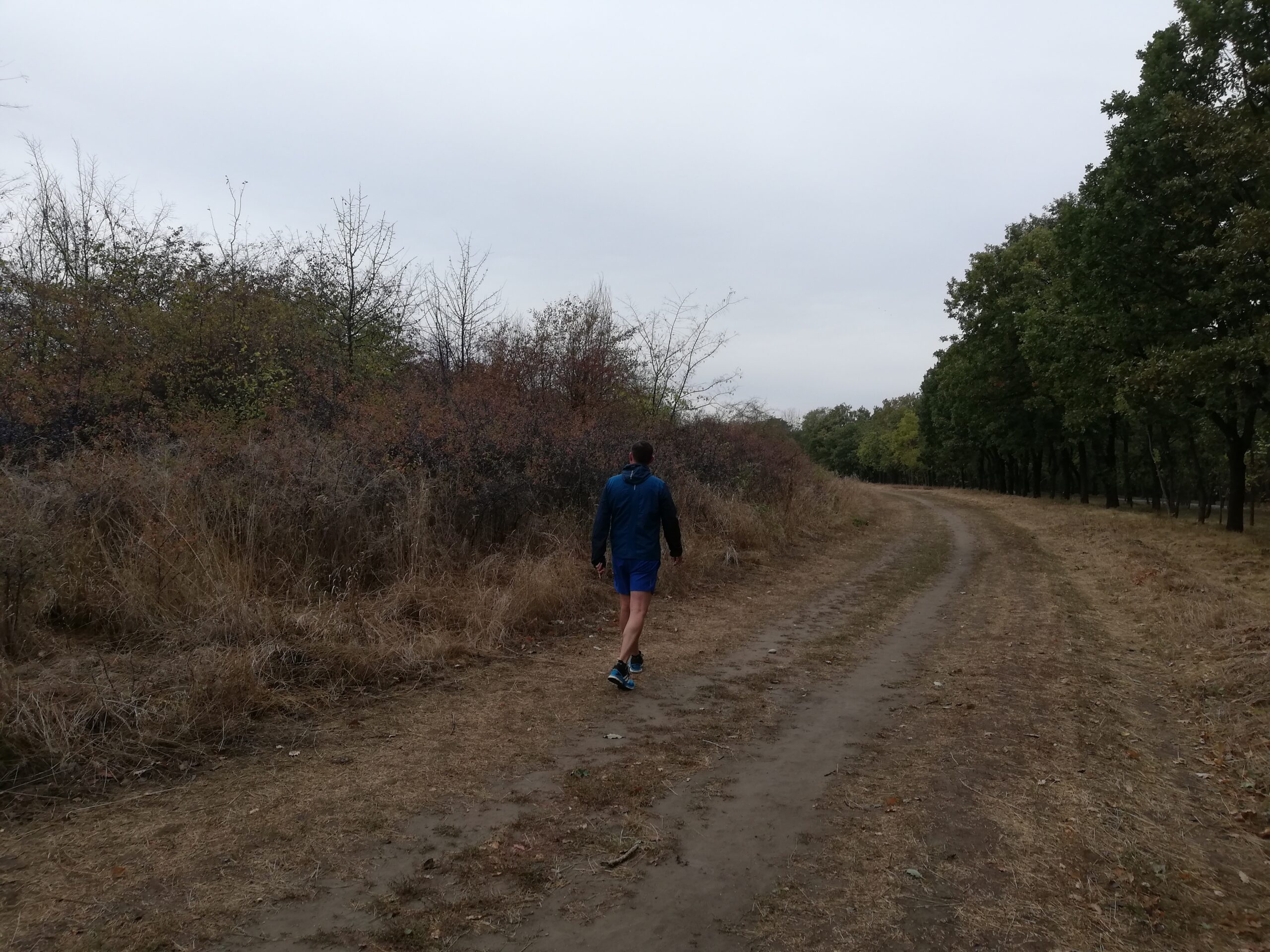Don’t let the cold, rain, or snow stop you—keep running outside and embrace the challenge! Training through winter may seem daunting, but it’s a great way to build your aerobic base and turn your local park into your personal playground.
Champions are trained in winter.
Running in winter presents some challenges. Your body uses extra energy to stay warm, muscles take longer to warm up, and overall pace tends to be slower. Speed workouts carry a higher risk of injury (e.g., pulled muscles) due to the colder temperatures. However, with the right approach—proper gear, shorter runs, and an easy, conversational pace—running outside in winter can be both safe and rewarding.

Gear Matters: Stay Warm and Safe
Your winter running gear can make or break your experience, so attention to detail is crucial. Additionally, staying updated with the latest weather forecast is essential—avoid running in extreme conditions like freezing rain or dangerously slippery surfaces. Some races in Siberia take place in temperatures as low as -40°C to -50°C, but those are extreme conditions. Set your own threshold for the lowest temperature you’re willing to run in. Personally, my limit is -20°C.
Since gear plays a crucial role in winter running, here are some key tips to stay warm and enjoy your runs:
1. Choose Socks Designed for Cold Weather
Wearing multiple pairs of summer socks won’t keep your feet warm and may make your shoes too tight. Instead, opt for a single pair of high-quality winter socks, such as wool socks. Even if some snow or water gets inside your shoe, your feet should stay warm with the right socks.
2. Wear Gloves with Wind Protection
Heat escapes quickly through your hands, and wind accelerates this process. Choose gloves with wind-resistant materials, or consider mittens, as they keep your fingers warmer by allowing them to share heat.
3. Dress in Layers
Avoid thick, bulky clothing that restricts movement. Instead, layer strategically:
- Base layer: A moisture-wicking long-sleeve shirt
- Mid-layer: A breathable t-shirt
- Outer layer: A windproof and waterproof jacket
4. Wear a Hat with Wind Protection
A good hat helps retain heat and shields you from wind chill, keeping you comfortable when the real feel is lower than the actual temperature.
5. Use a Waterproof Jacket to Stay Dry
A rain-resistant jacket allows you to keep running even when light snow turns into a storm. It also provides wind protection, making it a versatile choice for winter runs.
6. Wear Tights and Overpants in Extreme Cold (-8°C and Below)
For most winter runs, a pair of thermal running tights should be enough. However, when temperatures drop below -8°C to -10°C, adding an extra layer of regular running pants over your tights helps maintain warmth and prevents excessive pace drops.
Keep Training Through Winter
Winter running may seem challenging at first, but with the right gear and mindset, it becomes a rewarding experience. Staying consistent with your training during the cold months will build a strong aerobic base, making your spring and summer races feel easier.
So gear up, step outside, and embrace the winter running season!th the right gear should be fine to do your training outside. By keep training during the winter and build the aerobic base the spring and summer races will be more doable.


